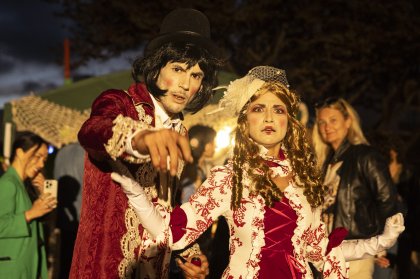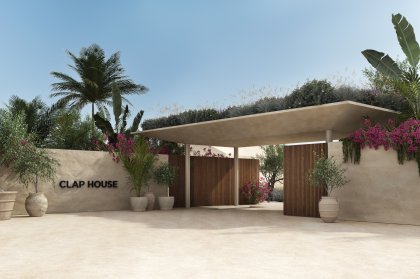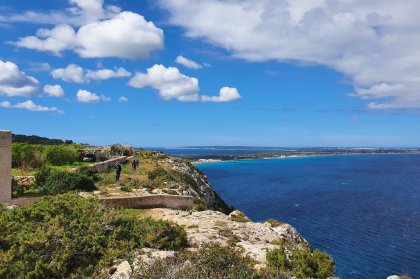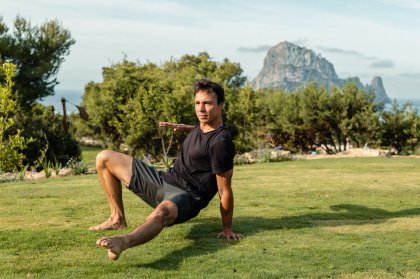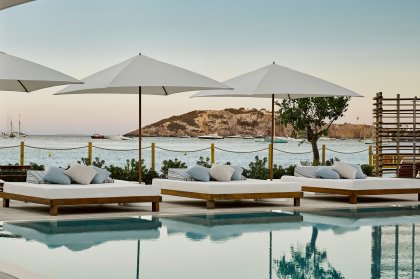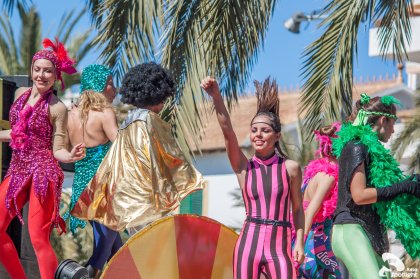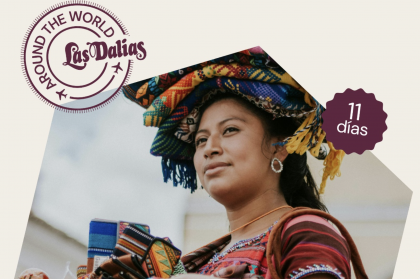Ibiza is a perfect place to foster a home yoga practice. Find a place outdoors in the shade and lay out your mat. Begin to move your body in tune to the birdcalls, the breeze, and the sea and nature's rhythms will guarantee a deep, soulful practice.
What may hinder you from having this experience is wondering what poses to do once you have laid out your mat.
You may have taken classes with many of Ibiza's great teachers but taking the skills they use to open your body onto your mat is a different story.
Save Time
My biggest impetus for a home practice was to save time. By the time I got in my car or took transit to and from a class it ate up an hour of the day that I didn't always have to spare. Something had to give and it couldn't be my practice. When I was first starting a home practice these resources made sure that I got a well-rounded practice and taught me how to sequence for myself.
Resources
The best websites are Yogaglo or MyYogaOnline. Invaluable books are B.K.S. Iyengar's Light On Yoga and Darren Rhodes' The Yoga Resource but for me the best book for a home practice is Bruce Bowditch's' The Practice Guide I and II.
Equipment
There is nothing you need but a mat, possibly a block, a strap and a bit of wall space and at least 5 minutes. You don't need a sacred space, a whole room or even privacy.
All space is sacred; all of life is Yoga including the people in it so practice when and where you can. Your kids and dog will get used to it. Let go of being interrupted.
If you feel that it is not a practice unless you get in an hour or more let go of that, too. More important is continuity of practice say all the Gurus and science. Sometimes a home yoga practice just means a 5-minute svanasana on the mat. Accept wherever you are at. You are perfect exactly where you are.
Summer is busy in Ibiza; get on your mat rather than miss a class!
Still unsure – try this!
Here is a general template for a well-rounded class.
A) Warm up the body gently by doing some joint opening and gentle stretches
B) Move onto a few Sun Salutations from five to fifteen minutes worth.
C) Standing poses first, as they warm up the big muscles of the body making us more limber and build strength. Begin with lateral, as they demand less opening, then neutral hip poses. Lateral: Warrior II, Side Angle, Triangle, Half Moon pose Neutral, balances and twists: Warrior 1, Intense Side Stretch, Tree, Extended Hand to Big Toe pose, Revolved Side Angle, Revolved Triangle or Half Moon.
D) Hip Openers: In order to begin arm balancing your hips need to open even more. Move to the floor for Pigeon, Half Splits, Squats
E) Arm Balances: Crow pose, Side Arm Balance with one leg in Tree pose or full pose, or any other arm balance you are working on. Good time to throw in rock star pose to open the upper back and arm balance at the same time.
F) Abdominals: Your choice.
G) Thigh Openers: Now the hips are open and the back is warm from balancing and twists. In order to back bend we need to open the quads: Half Frog, Hero, and Reclined Hero Pose for those who have open quads. Pigeon with a thigh stretch.
H) Inversions: If you are ready, practice headstand here.
I) Back Bends: Belly down: Locust, Upward Facing Bow. Kneeling: Camel Supine: Bridge, Full Wheel. Neutralize w/ Down Dog or Happy Baby.
J) Seated Poses, Deepest hip openers and Twists: One-legged forward fold, Butterfly, Half Lord of the Fishes, Cobbler, Forward Fold
K) Supine: Happy Baby, Shoulder stand if you did a headstand. Svanasana or meditation.
Once you understand the grammar of yoga; you can write your poetry of movements.”
― Amit Ray, Yoga and Vipassana: An Integrated Life Style
I will soon be leading a workshop in Ibiza on how to build and maintain your own home practice so keep an eye out.
Maili Dinim is a Yoga Instructor and Natural Food Chef. She can be contacted via MailiDinim.com
